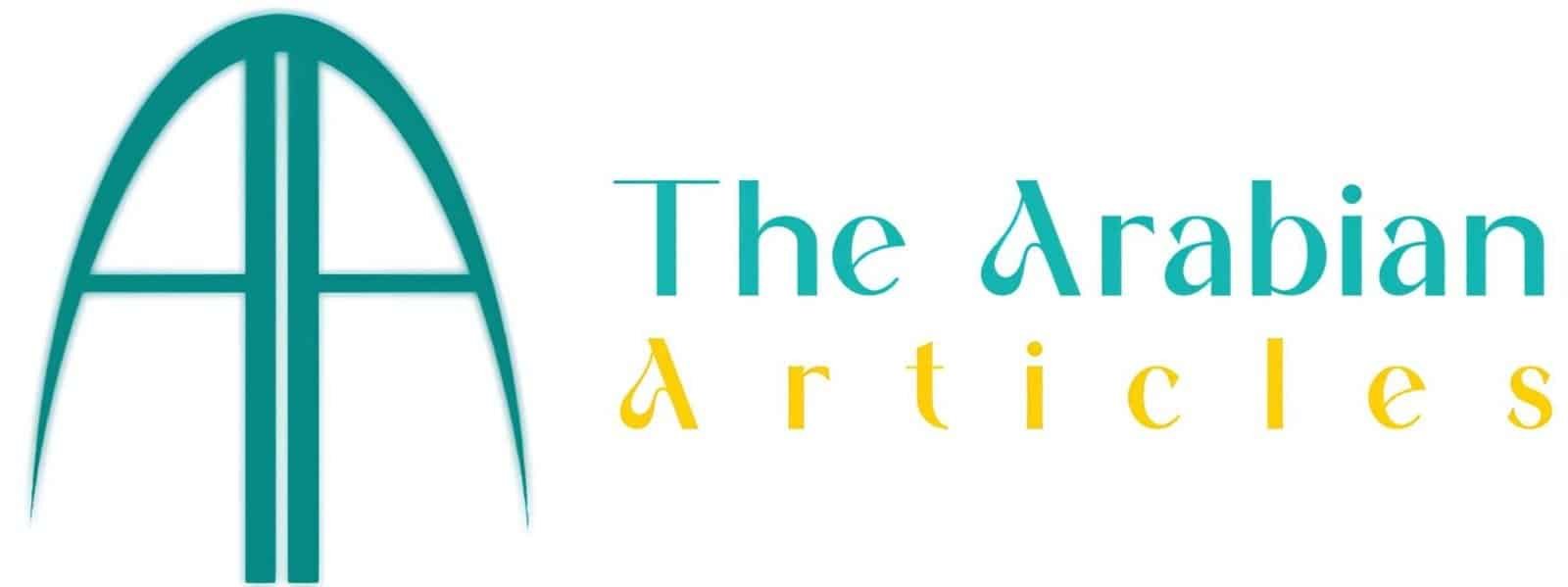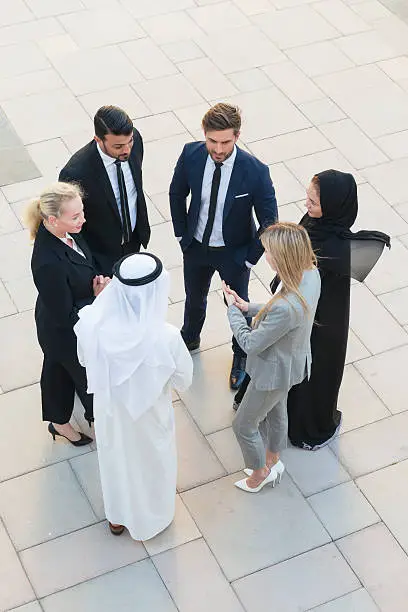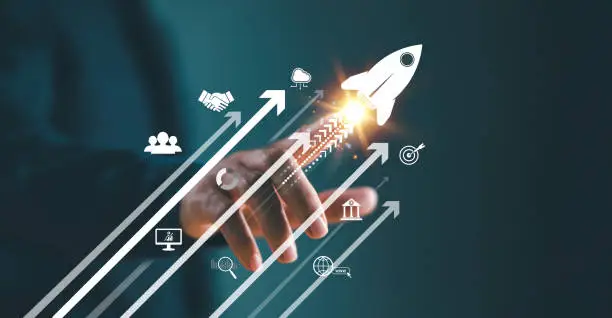Dubai Metro Blue Line: A Major Expansion to Improve City Travel
Dubai is set to expand its metro network with the new Blue Line, a 30-kilometre project that will connect key areas of the city, reduce traffic, and provide a more efficient way for residents and visitors to travel. The line is expected to open on September 9, 2029, exactly 20 years after the launch of the Red Line in 2009.
A Big Step for Dubai’s Public Transport

The Dubai Metro has been a crucial part of the city’s transport system since it first opened, carrying over 2.5 billion passengers in the past 15 years. The new Blue Line will further strengthen this network, making it easier for people to move around without relying on cars.
Mattar Al Tayer, Director General of Dubai’s Roads and Transport Authority (RTA), said the Blue Line supports Dubai’s long-term plans for growth and sustainability. “This project will help Dubai become one of the best cities to live in by improving public transport and reducing road congestion,” he explained.
Two Key Routes for Better Connectivity
The Blue Line will be split into two main sections, both connecting to the existing Red and Green Lines:
- Route 1 (21 km, 10 stations) – Starting at Al Khor Station on the Green Line, it will pass through areas like Dubai Festival City, Dubai Creek Harbour, Ras Al Khor, International City, Dubai Silicon Oasis, and end at Dubai Academic City.
- Route 2 (9 km, 4 stations) – Beginning at Centrepoint Station on the Red Line, it will go through Mirdif, Al Warqaa, and connect to International City (1), where it will meet Route 1.
These routes were chosen to serve busy residential and business areas, making travel smoother for nearly one million people.
Special Features of the Blue Line
- A Bridge Over Dubai Creek – The metro will cross the creek on a 1.3-kilometre bridge, the first of its kind for Dubai’s metro system.
- Iconic Stations – The Dubai Creek Harbour station, designed by the same firm behind the Burj Khalifa, will be a major landmark. Another key station, International City (1), will be the largest underground interchange in the network, handling up to 350,000 passengers daily.
- Eco-Friendly Design – All stations will follow high environmental standards, making the Blue Line one of the most sustainable metro projects in the region.
Benefits for the City
The Blue Line is expected to:
- Reduce traffic by 20% on busy roads.
- Increase property values near metro stations by up to 25%.
- Generate significant economic benefits by 2040.
- Provide fast connections to Dubai International Airport, with travel times as short as 10-25 minutes between key locations.
By 2030, the line is expected to carry 200,000 passengers daily, rising to 320,000 by 2040. Once complete, Dubai’s metro and tram network will stretch 131 kilometres with 78 stations, making it the world’s longest driverless metro system.
A Project for the Future
“The Blue Line is more than just a transport link—it’s about making life easier for people, connecting communities, and supporting Dubai’s growth,” said Al Tayer. With construction underway, the city is moving closer to a smarter, more efficient transport system that will serve residents for decades to come.
READ MORE-
Trump announces landmark agreement with Britain
Top Business Opportunities for Expats in the UAE and Saudi Arabia





